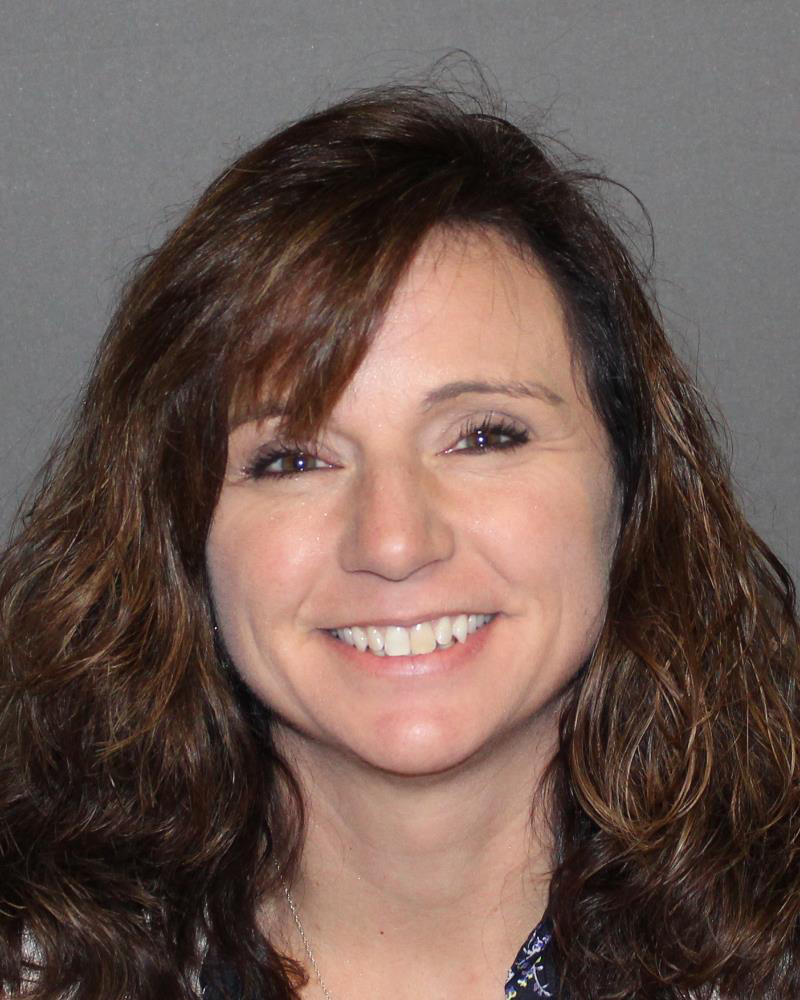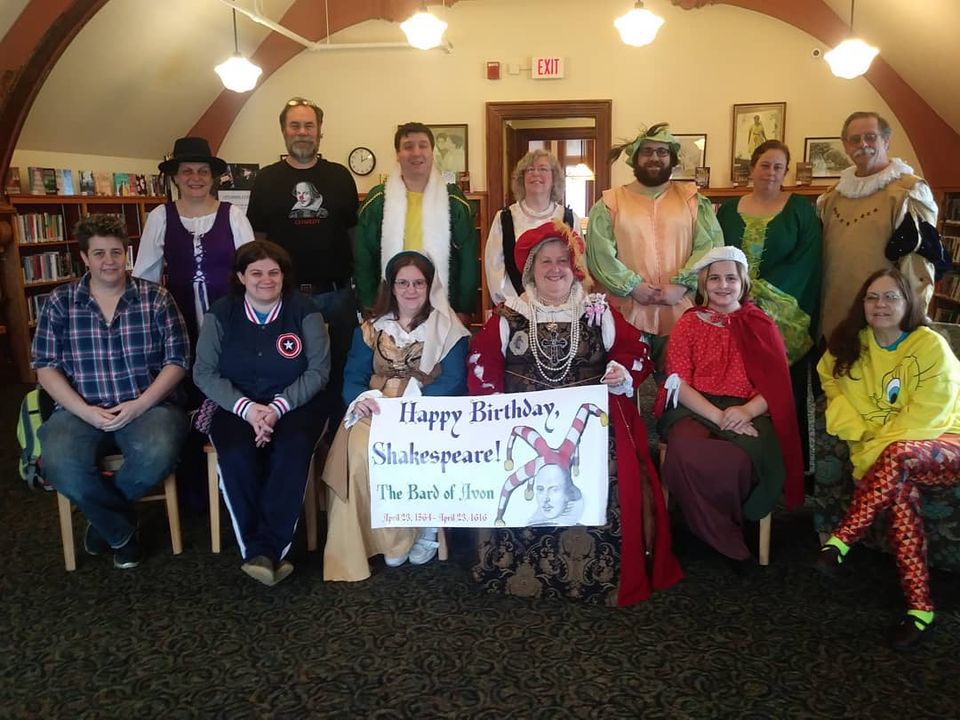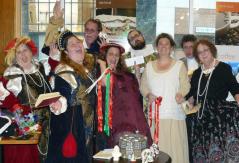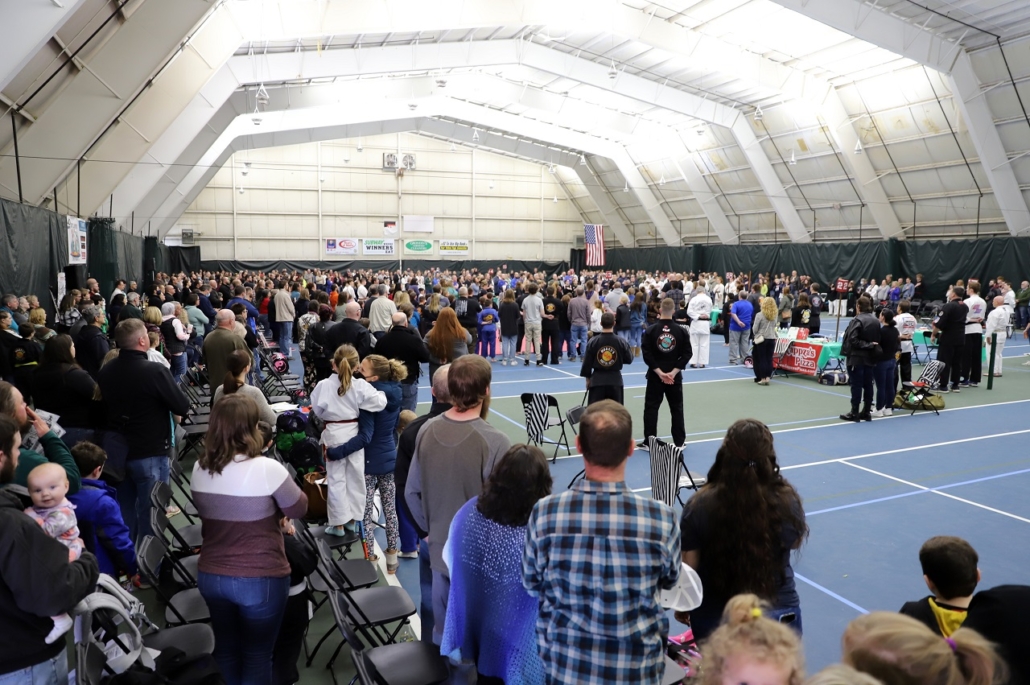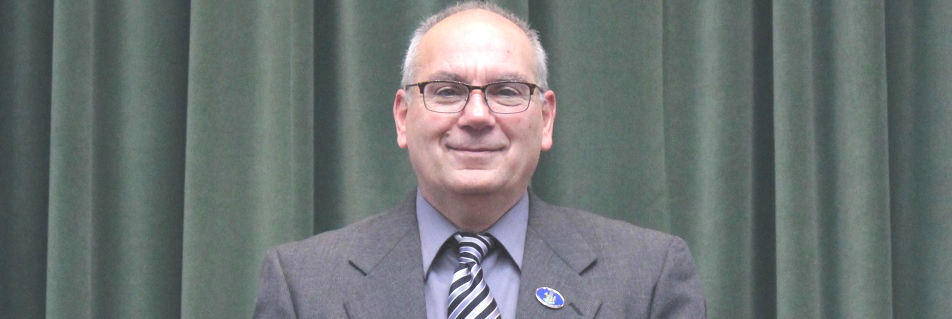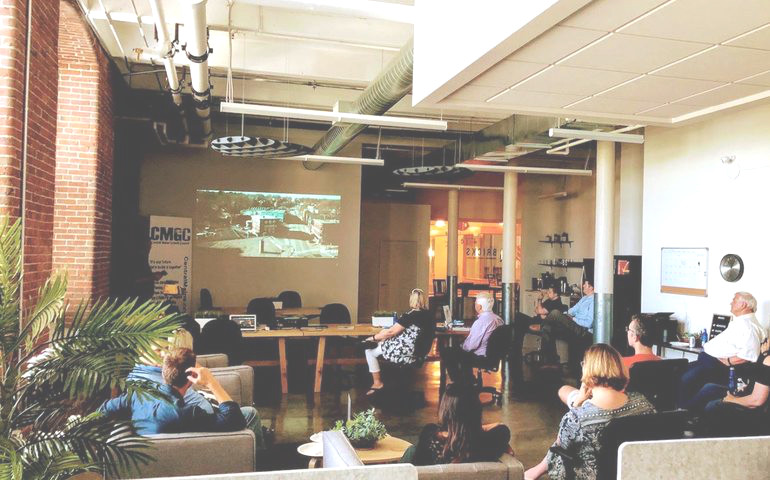WATERVILLE: New president named at Inland Hospital
Northern Light Health has announced that Tricia Mercer will become the next president of Northern Light Inland Hospital and Northern Light Continuing Care, Lakewood. In this role, Mercer will also serve as a Northern Light senior vice president. She will succeed Terri Vieira, who retired earlier this month.
Tim Dentry, Northern Light Health’s president and CEO said, “Tricia has excellent healthcare experience and we’re excited that she is already part of the Northern Light team, having served as associate vice president of our Medical Group Operations since 2019. She has had great success with improving access to care, enhancing provider engagement, and she is a proud Mainer who is dedicated to community involvement.”
Dentry continued, “Tricia’s background shows her core commitment to helping people. Previously, she was executive director of the Medical Group at Saratoga Hospital, in New York, and division administrator at UPMC-Magee Women’s Hospital, in Pittsburgh. She was an adjunct professor of healthcare management, a president and CEO of a medical billing company, and is a proud Navy veteran.”
Mercer shared, “I look forward to joining the Inland/Lakewood family and continuing to help Northern Light meet its mission to improve the health of the people and communities we serve. I recognize and value the caring culture we have, and I’m proud of how staff go above and beyond to make healthcare work for our patients and residents every day. I can’t wait to be part of Inland and Lakewood’s bright future and help contribute to the vitality of the greater Waterville area.”
Mercer is a fellow of the American College of Healthcare Executives and earned an MBA in Healthcare Management. She is a graduate of Foxcroft Academy, in Dover-Foxcroft, where she grew up and her parents still live today. She and her fiancé have five children.
Mercer begins her new role on May 9.


